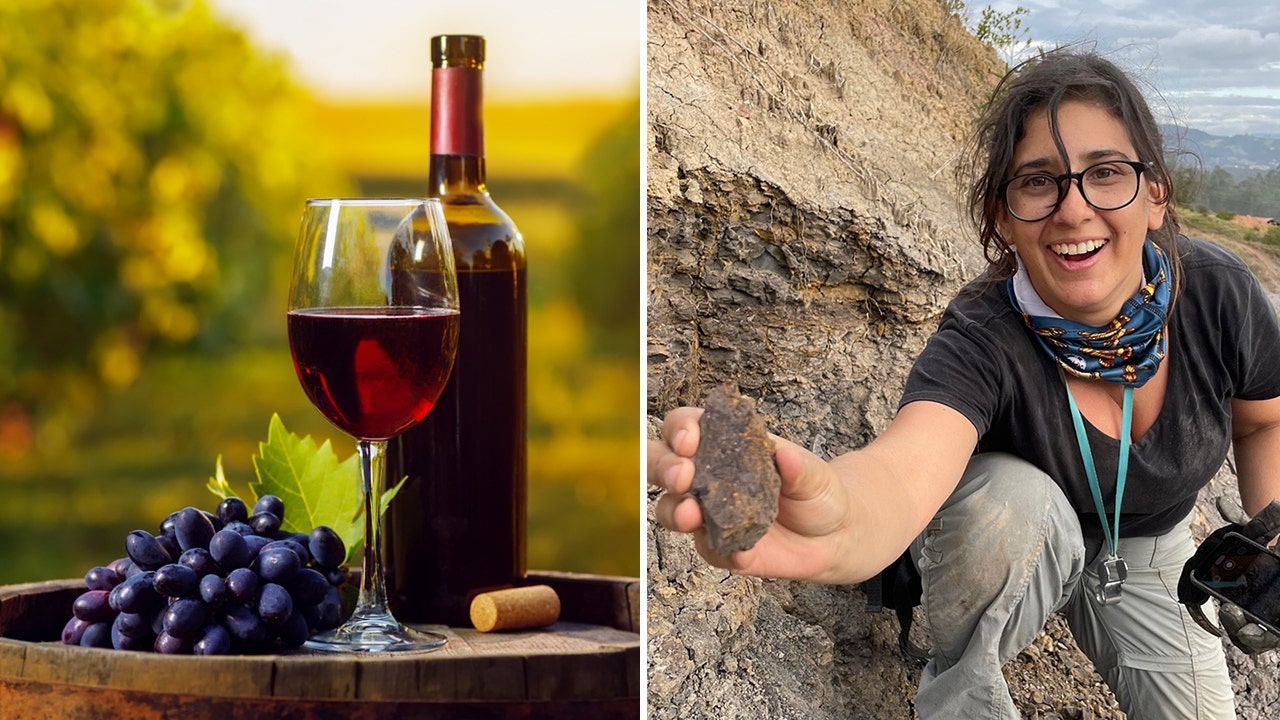But she was just one patient. That left a nagging doubt: Could this case hold the key to a new way to stave off Alzheimer’s? Or was she a one-off?
In a study published Wednesday in the New England Journal of Medicine, researchers reported 27 members of the same extended Colombian family carry the genetic risk for Alzheimer’s, along with a single copy of Christchurch. Cognitive decline in this singular group was delayed by about five years — suggesting that a drug that emulates the gene could have similar effects.
“We are taught in medicine to be wary of not drawing too many conclusions” from a single patient, said Joseph F. Arboleda-Velasquez, an associate scientist at Mass Eye and Ear in Boston and a co-author of the study. “Maybe it was related to something she ate or didn’t eat. Maybe it’s something related to the water in the house. The idea of finding 27 people — some lived in the city, some lived in rural areas — increases our confidence in the discovery — and shows the results are reproducible.”
A key insight from a lower dose of protection
Francisco Lopera, a neurologist at the University of Antioquia in Medellín, Colombia, began caring for patients suffering from an aggressive, inherited form of Alzheimer’s four decades ago.
Cognitive impairment began when people were in their mid-40s. Full-blown dementia developed before the age of 50. Patients died in their 60s. Researchers traced the disease to a mutation in the gene Presenilin 1, now known to be carried by about 1,200 people within an extended family.
Piedrahita de Villegas showed scientists that it was possible to defy this grim genetic destiny. But for an exceptional patient to turn into broader medical insight, scientists need confirmation that the gene is producing the beneficial effect — and can do the same in other people.
People carry two copies of the APOE gene, one inherited from each parent. Having two copies of the Christchurch version, as Piedrahita de Villegas did, is “rare, extremely rare,” said Yakeel T. Quiroz, a clinical neuropsychologist at Massachusetts General Hospital. So they started to look for people with just one.
A man who carried the Alzheimer’s risk mutation and a copy of Christchurch provided an initial clue. Brain imaging at age 51, when he was diagnosed with mild cognitive impairment, revealed that his brain had elevated levels of plaques of the beta-amyloid protein, a telltale sign of Alzheimer’s. But intriguingly, he had limited tangles of a different Alzheimer’s related protein, called tau, and he developed mild dementia at age 54, years later than expected.
“That was a signal that having one copy could have been protective,” Quiroz said. The team found 26 other people with this genetic makeup. Not all the patients have developed cognitive impairment, but among those who have, symptoms were delayed, beginning five years later than those without Christchurch. Dementia was also delayed, by four years.
The discovery that a single copy of Christchurch provides a degree of protection is a hopeful clue for scientists trying to develop therapies. If two copies were necessary, the bar for a new drug might be impossibly high — it would have to be extremely effective to have any benefit. But seeing a lower dose of the gene protect against the onset of disease is a good sign. It suggests even partly mimicking the Christchurch gene’s action could work.
“I think this is a really important study, and the outcome is very meaningful,” said Yadong Huang, director of the Center for Translational Advancement at Gladstone Institutes, an independent biomedical research organization based in San Francisco. Huang was not involved in the study, but his lab showed last year that the Christchurch mutation has benefits in mice prone to develop Alzheimer’s disease and in human brain cells in a dish. Still, he noted that until now there has been a critical gap in knowledge — how it affects humans in the real world.
Rare patients lead the way to new treatments
For years, Alzheimer’s research has tended to focus on clearing the sticky amyloid plaques that build up in the brain. A few therapies have shown success, but they are far from a cure. The new study shows the promise of a different biological target: drugs that imitate the rare Christchurch variant of the APOE gene.
John Hardy, a neurogeneticist at the U.K. Dementia Research Institute at the University College London said pharmaceutical companies have traditionally been less enthusiastic about APOE because it is a difficult target, but that is changing.
“Interest has been growing, and this finding is part of the reason,” Hardy wrote in an email.
As a next step, researchers have developed an experimental antibody drug that imitates Christchurch. When it was given to mice that were genetically tweaked to develop features of Alzheimer’s, they found the drug reduced buildup of tau tangles — a sign that they are on the right path.
Credit: Source link
































